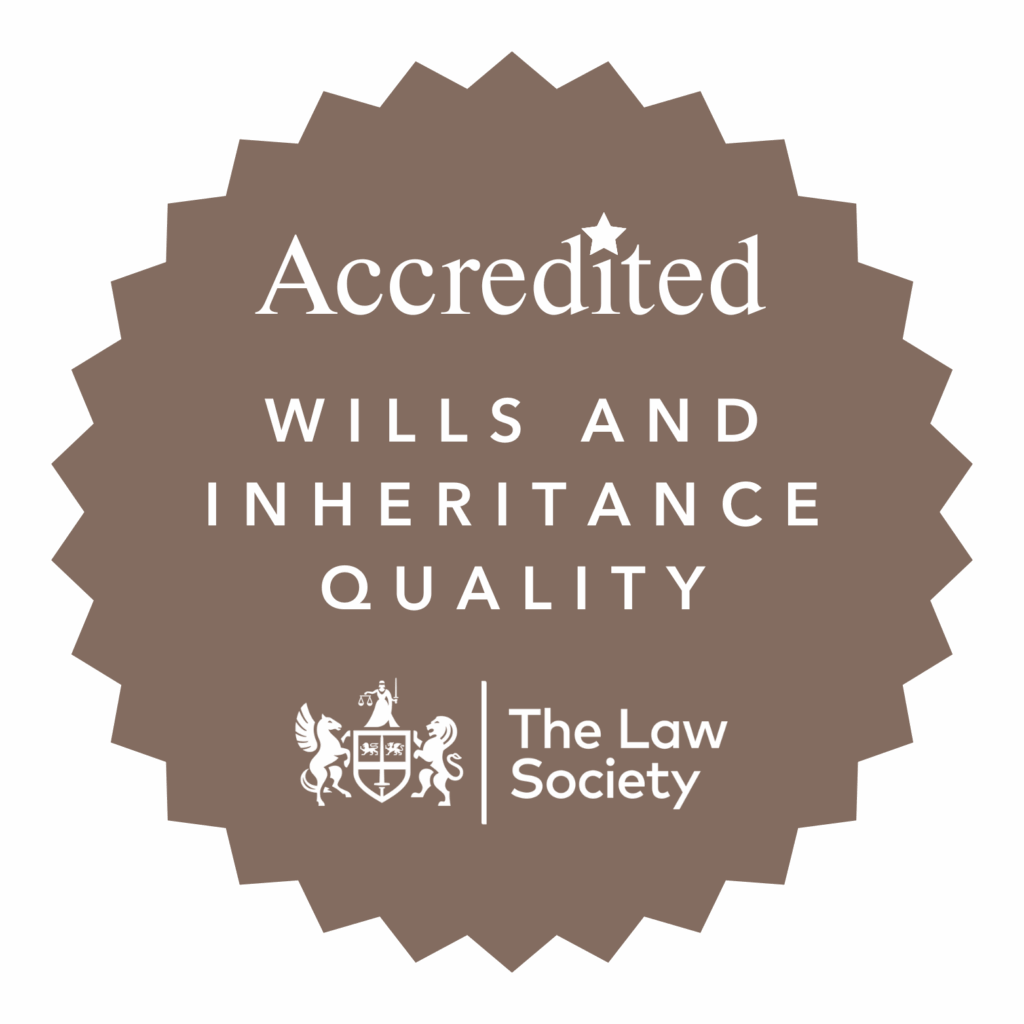In a recent House of Lords debate on 10 November 2025, the Government announced that it will launch a wide-ranging consultation in Spring 2026 on the law governing financial remedies on divorce, civil partnership dissolution and cohabitation. This financial remedies and cohabitation law review has long been anticipated. The Labour Government’s 2024 election manifesto committed to improving rights and protections for cohabiting partners, and further commitments were made in early 2025. The upcoming review will now take a holistic approach, looking at all relationship-breakdown law together rather than in isolation.
The debate follows the Law Commission’s 2024 scoping paper, which set out four potential models for reforming financial remedies. These included clearer statutory definitions, guideline-based frameworks, and property-based systems used in other jurisdictions.
In anticipation of possible reforms, it is crucial for individuals and couples to better understand what may be changing, and how to protect their current position.
Why Reform Is Needed
Financial Division
The current law on financial remedies is still rooted in the Matrimonial Causes Act 1973, which is a framework that heavily relies on judicial discretion. While this gives courts flexibility, it can also to uncertain outcomes in financial division cases.
The law has not been updated to reflect major case law developments, most notably the Radmacher v Granatino decision made 15 years ago, which confirmed that nuptial agreements should be upheld by courts unless they are unfair. However, Parliamentary legislation is necessary to further clarify the principles, and there have been calls for even stronger recognition of nuptial agreements, including support from Ministers during the House of Lord debate.
Cohabitation
Cohabiting couples remain largely unprotected in England and Wales. Unlike married couples and civil partners, cohabitants do not have automatic property occupation rights, inheritance entitlement, taxation benefits, or the power to claim for the division of assets after separation. Although cohabitants can protect themselves through agreements and proper planning, many do not realise the need to do so.
The myth of “common law marriage” unfortunately persists, with many believing that cohabitants gain marriage-like rights, but this is not true in the UK. 47% of respondents in the 2019 British Social Attitudes survey and 2 in 3 cohabitants in the 2017 Resolution survey held this misconception. This gap in protection can leave the financially weaker partner, often women, and children unsupported and vulnerable upon separation. The need for reform is substantial as cohabitation is becoming increasingly common, with the Office of National Statistics reporting in 2021 that 24.3% of couples (around 3.6 million couples) in England and Wales were cohabiting.
What Will the Consultation Cover?
In the House of Lords, Baroness Deech and Baroness Levitt confirmed that the consultation will holistically examine financial remedies across marriage, civil partnership and cohabitation together. This is intended to increase consistency and fairness across all three, which have traditionally been considered separately.
- The role and enforceability of nuptial agreements
- Whether maintenance should have a time limit
- How pensions sharing can be made more accessible and fair
- Whether child financial support should extend beyond 18
- Clearer statutory guidance to reduce litigation and improve predictability
Throughout the debate, there was strong emphasis on ensuring that children remain at the centre of any new legal framework. Though we do not know the exact scope of the consultation yet, we can expect it to be wide-reaching and comprehensive.
How Might This Affect You?
While no decisions have been made yet, the consultation signals that significant changes are likely in the coming years. Individuals may wish to consider how these developments could affect them:
Nuptial agreements may gain stronger legal standing
Couples planning to marry or remarry may choose to discuss, update or create a prenuptial or postnuptial agreement now, particularly where there are:
- Children from previous relationships
- Business assets belonging to one party
- Inherited assets belonging to one party
- Imbalances in earnings or contributions
Financial division may become more predictable
Codification or a framework-based model for financial division could give separating couples clearer expectations, reducing litigation and stress. Greater certainty would build on the progress already achieved through no-fault divorce, potentially easing pressure on the family courts and enabling couples to resolve matters earlier and more constructively. Depending on their situation and preferences, couples may choose to accelerate or delay proceedings to take advantage of the current system or wait for reform.
Cohabitants may gain stronger rights and protections
Although reform is anticipated, change will not be immediate. Cohabiting couples should urgently review their legal position and consider:
- Making or updating wills
- Recording ownership in property deeds
- Entering into a cohabitation agreement
- Preparing lasting powers of attorney
These steps will provide meaningful protection under current law.
How We Can Help
Legal reform of this scale can cause confusion and uncertainty. Our family law team is experienced in navigating both current law and the changing landscape. We can provide:
- Clear, pragmatic advice tailored to your circumstances
- Pre-nuptial or post-nuptial agreements
- Guidance on separation, divorce and financial claims
- Cohabitation agreements
- Property and inheritance planning for cohabiting couples
As the consultation progresses, we will continue to monitor developments and update clients on how any proposed reforms may affect them.
If you would like to understand how the upcoming changes may impact you, or to review your current position, please contact our family team for expert, confidential advice.
Have questions? Get in touch today!
Call our office on 020 7928 0276, we will be taking calls from 9:30am to 6:00pm.
Email us on info@lisaslaw.co.uk.
Or, use the contact form on our website. Simply enter your details and leave a message, we will get right back to you: https://lisaslaw.co.uk/contact/
For more updates, follow us on our social media platforms! You can find them all on our Linktree right here.




















